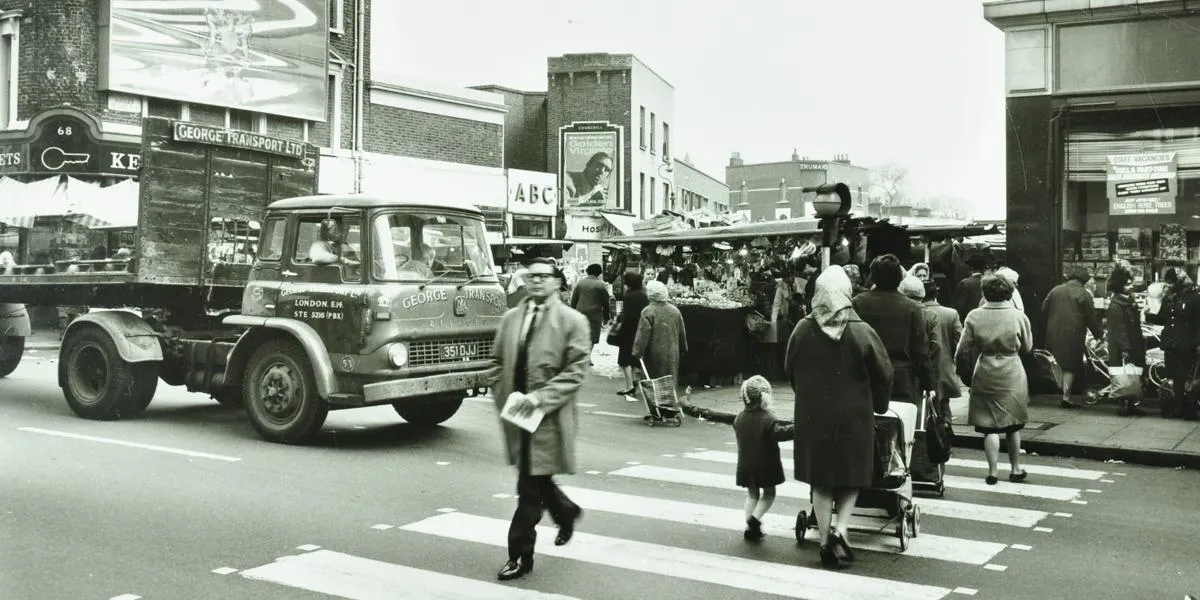'The Lowlife' by Alexander Baron

October 2025 - 'The Lowlife' by Alexander Baron
In October, TLA book group read Alexander Baron's 'The Lowlife'. It was published in 1963 and gave the group a vivid portrait of 1960s London, specifically Hackney and Whitechapel, and the Jewish East End, which has largely disappeared today. This is a novel in which the past and the present are rooted in place.
Harryboy Boas
Our protagonist is Harryboy Boas, an unrepentant gambler who has eschewed all human relationships in preference to the thrill of the greyhound track. Baron provides a compelling picture of the gambler and the experience, but the group were surprised at the rich characterisation of Harryboy which defied our expectations. The novel has a warm tragicomic style and enjoyed the compelling voice of Harryboy.
A boarding house novel
Despite having elements of a classic thriller, this is a boarding house novel and in between his time at the track Harryboy is at home, reading Zola, opting out of society. Yet for all his lowlife tendencies, Harryboy is intensely connected to his environment and to his neighbours, particularly the Darner family, and their young boy Gregory. Vic and Evelyn Darner seek a better life for themselves and Evelyn in particular is a study in social climbing. Life in Hackney is intolerable to her, and her rage is a counterpoint to Harryboy’s relentless generosity and optimism. Readers found this portrait of the changing nature of inner London compelling.

Frantic end
Harryboy’s relationship with Gregory is central to the novel as we learn that Harryboy’s wartime experiences meant that he lost a child to the concentration camps, a child he has never sought to locate but whose existence continues to torment. His attempts to atone for his guilt explains his actions in the frantic last third of the novel as he goes against his better judgement to try to save the Darners from penury. The end of the novel frustrated some readers, who wanted a redemptive arc to Harryboy’s tale, but for all we know he’s still out there, waiting for the next win to come in.
Archive sources
In the session the group looked at records from the London County Council on the development of greyhound racing in London and beyond (LCC/CL/GP/01/114). This file showed the legislative issues facing the capital and the objections raised to greyhound racing from Londoners during the 1920s.
The greyhound racing industry started to professionalise with the creation of the National Greyhound Racing Society bringing together all existing bodies in January 1928:
Greyhound racing came as a novel answer to an obvious need, and had been taken hold of by the people themselves...never had the streets been so free from street betting as since the introduction of greyhound racing...[racing] had made a marked reduction in drunkenness.
25 million people a year attended greyhound racing after the Second World War. There was no high street gambling until 1961.
The group were shown plans presented to the Council's licensing division for various stadia, including Harringay, Charlton and Wandsworth stadium (GLC/DG/EL/008/004).
Within the records of the National Greyhound Racing Association there are registers of individuals charged with or suspected of crimes at GRA tracks (LMA/4831/A/001). These include some photographs of some of the individuals.